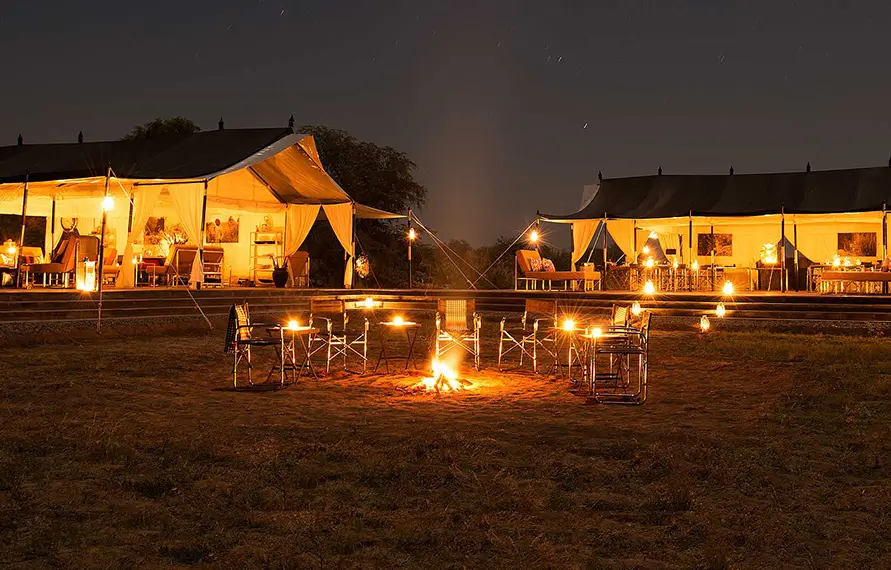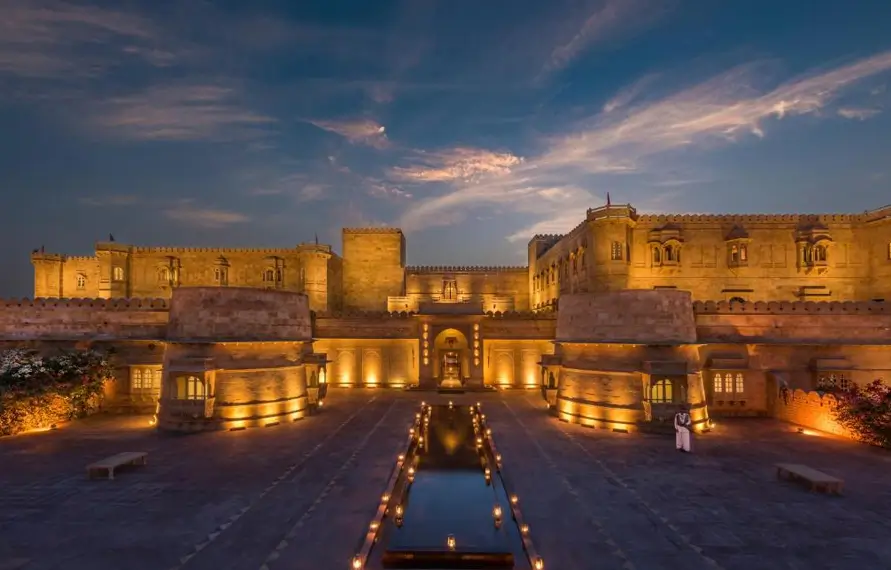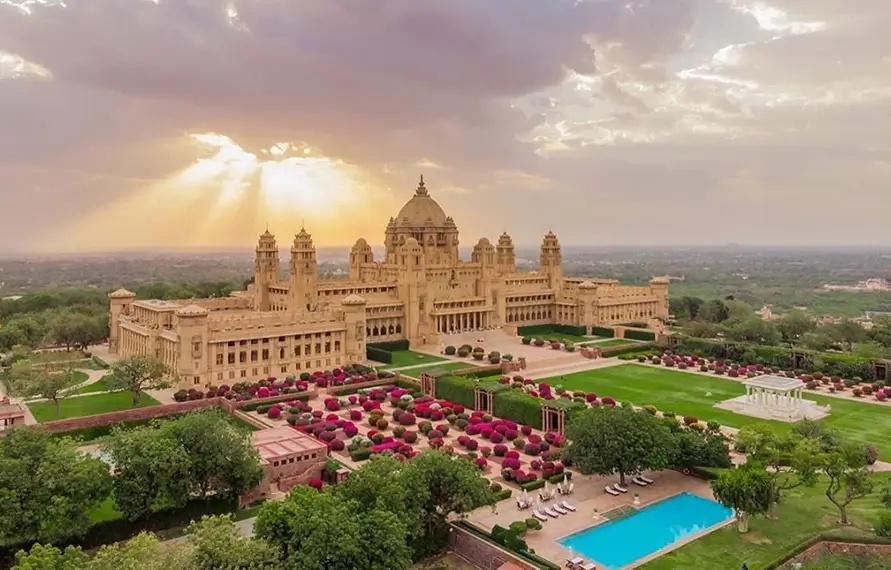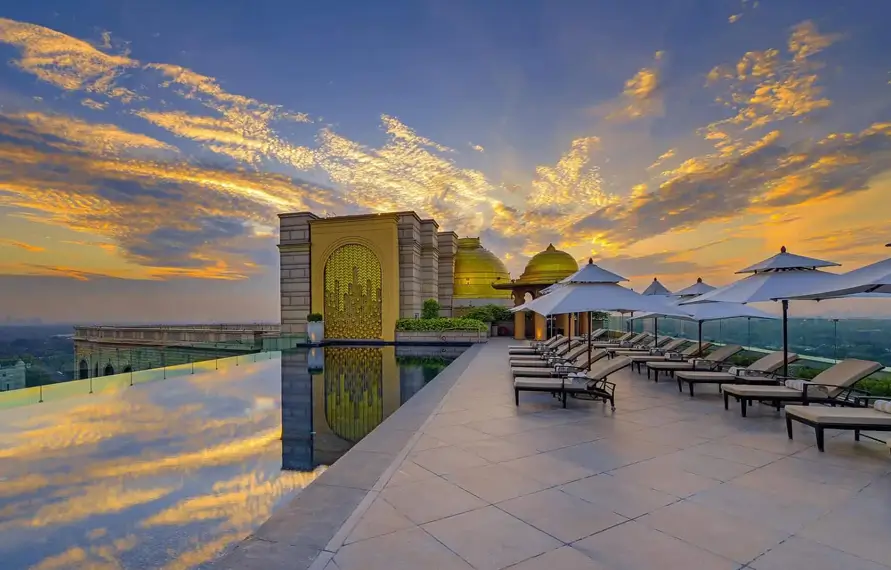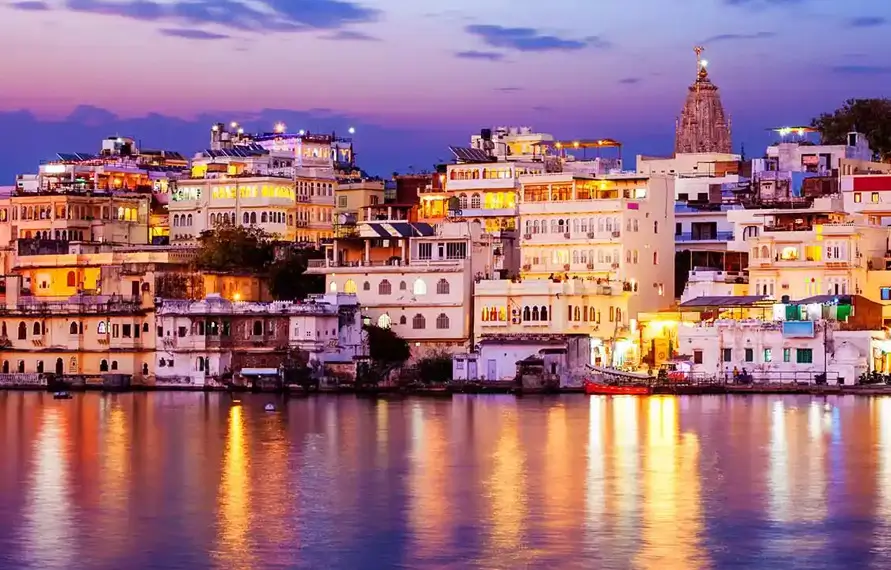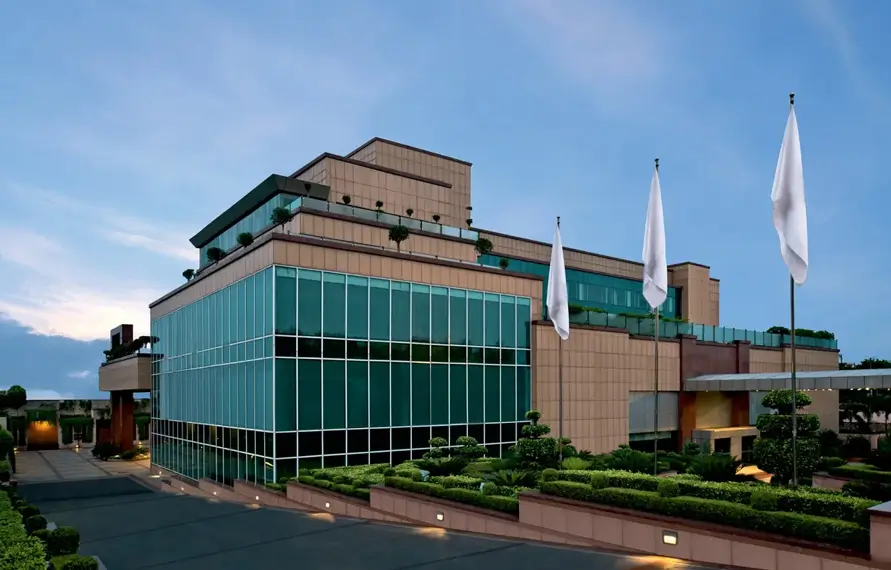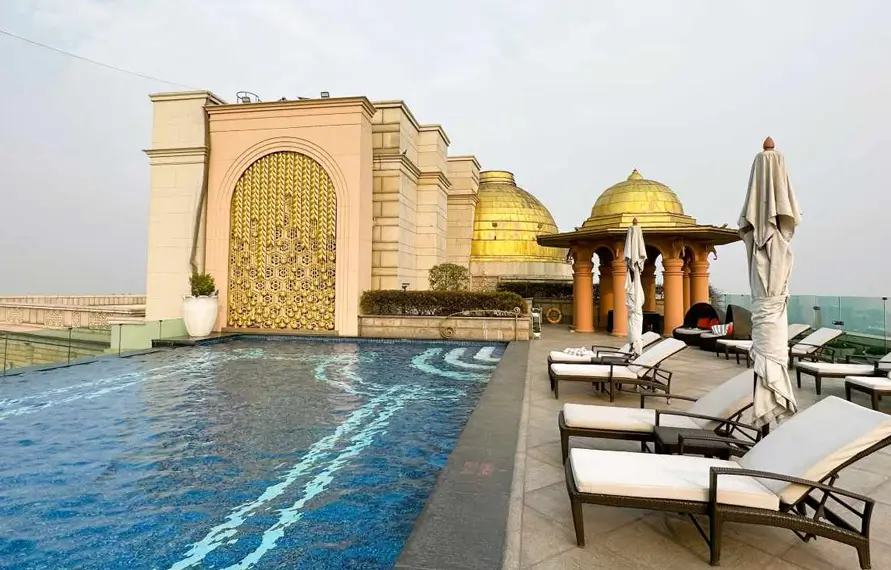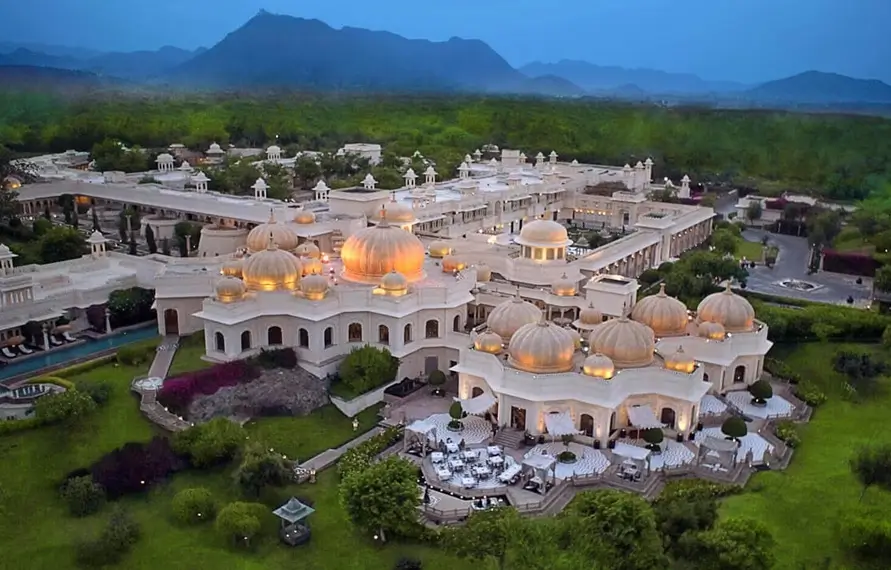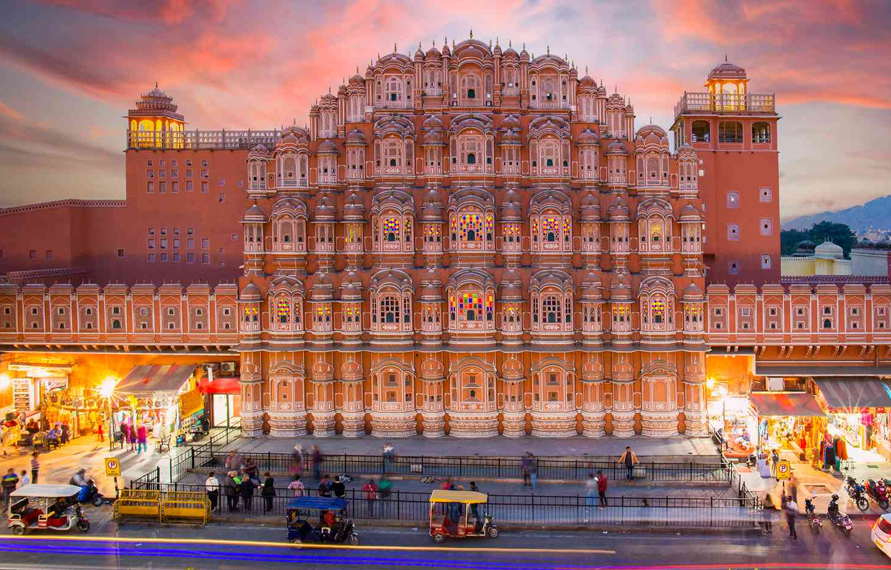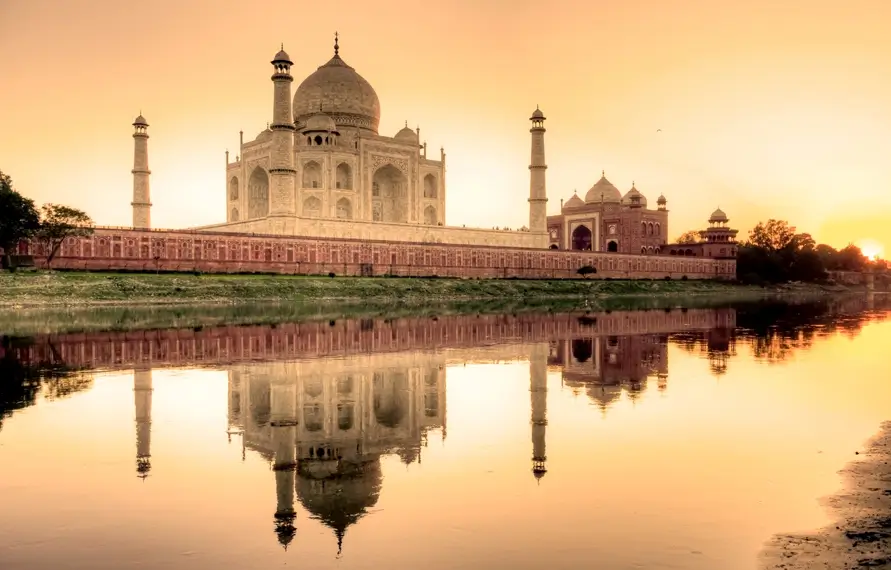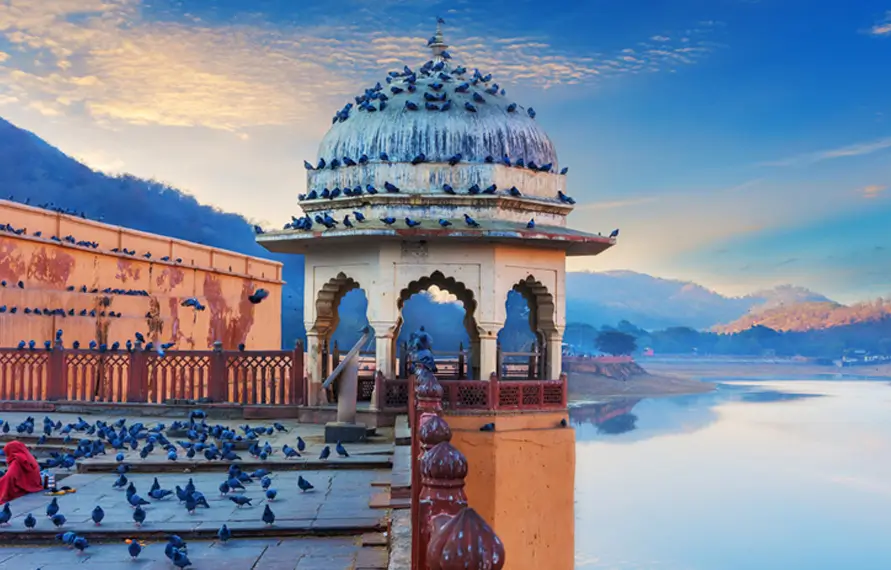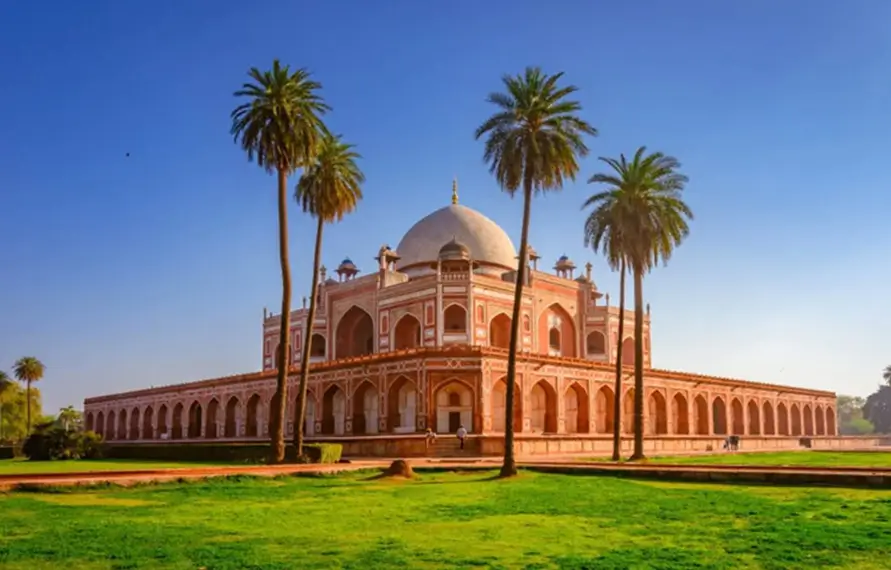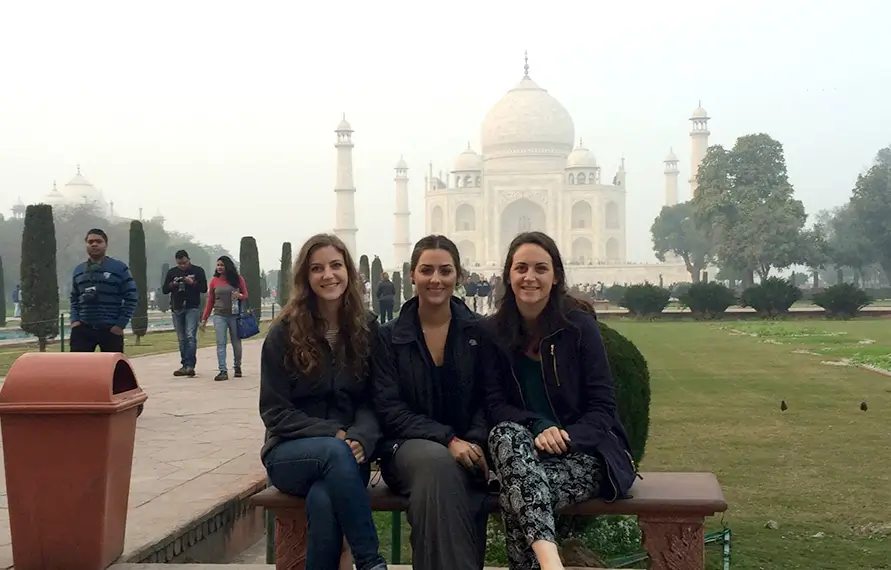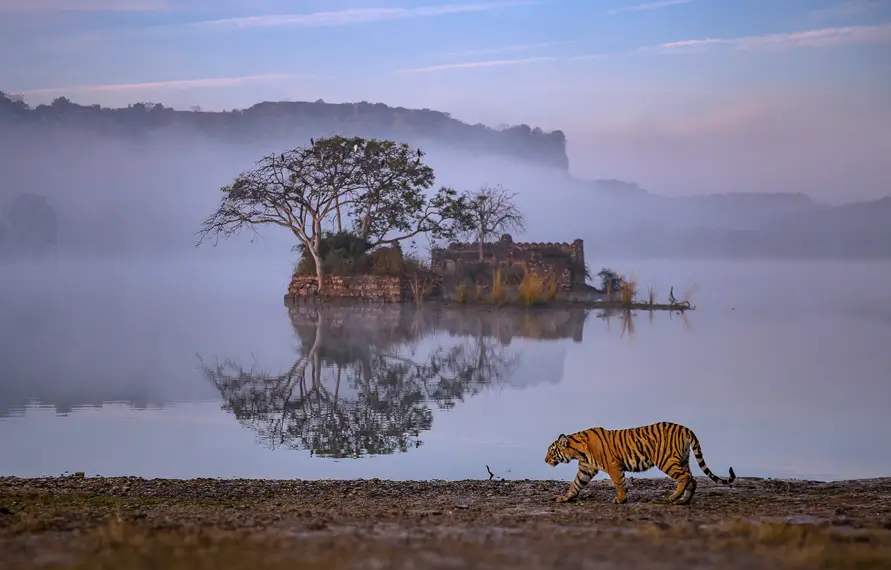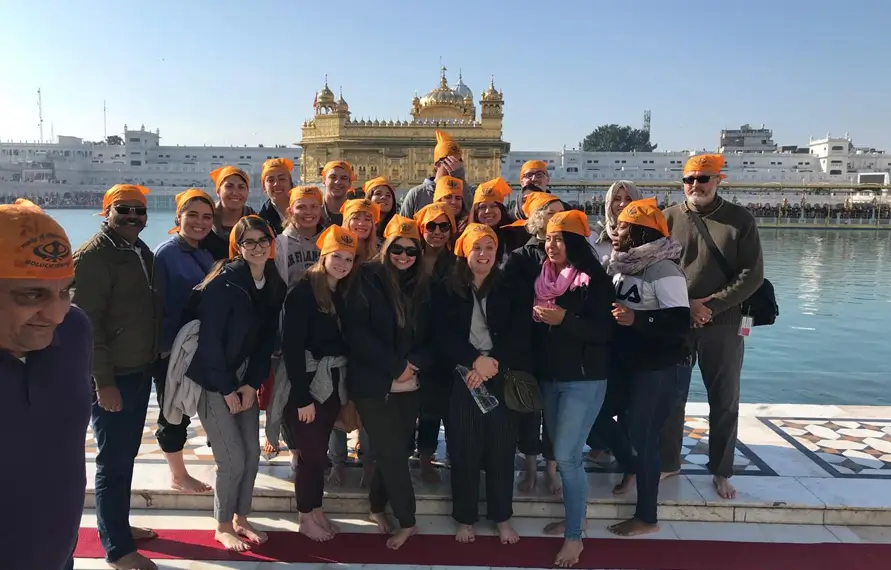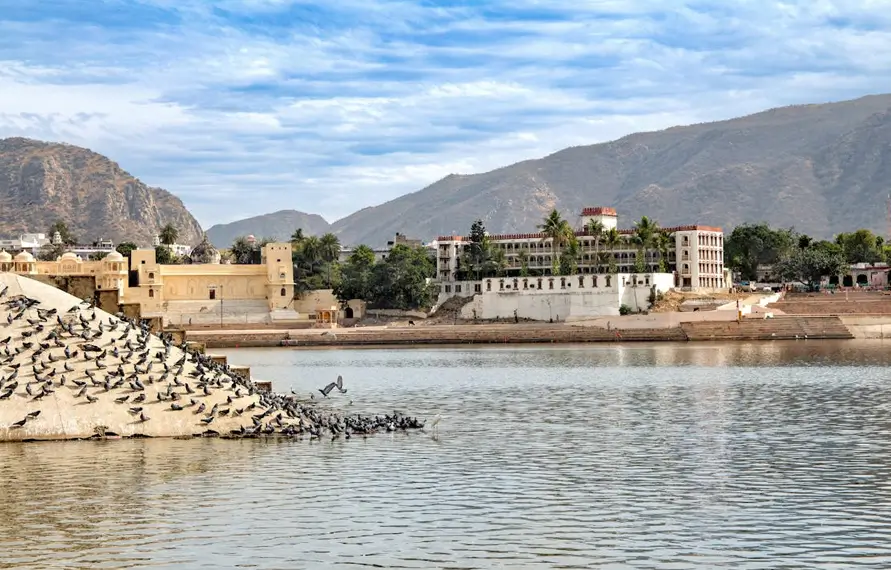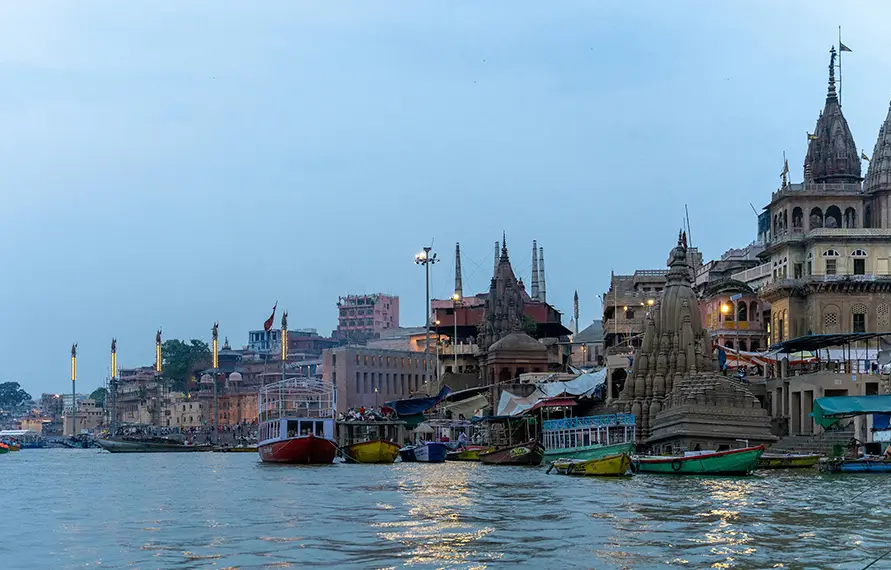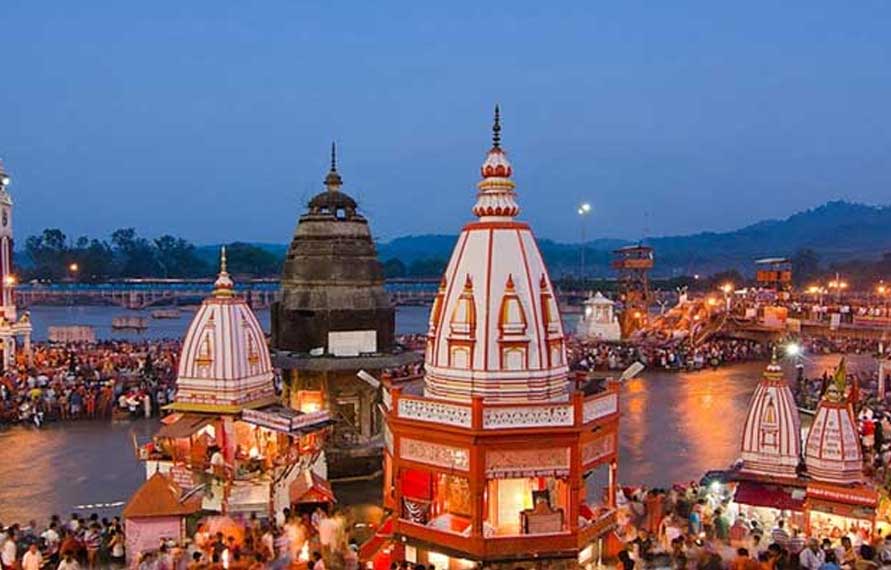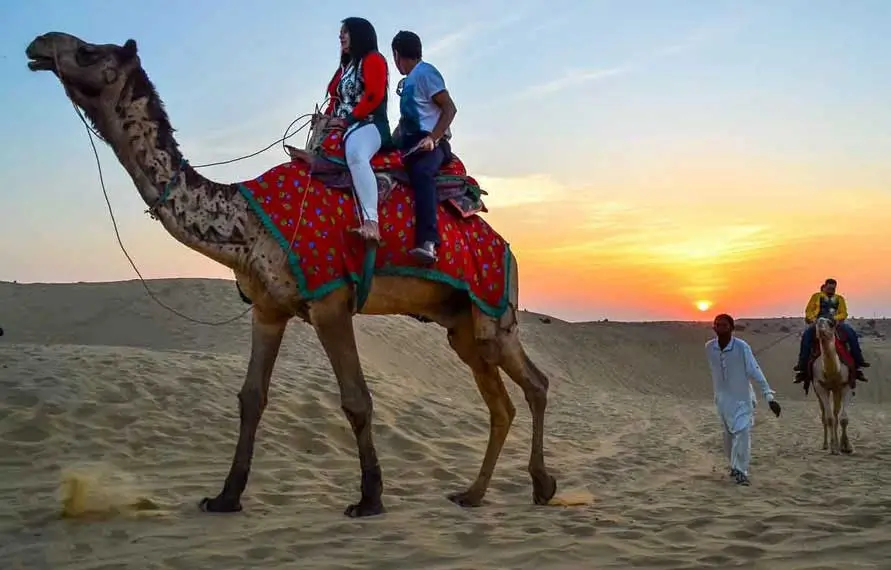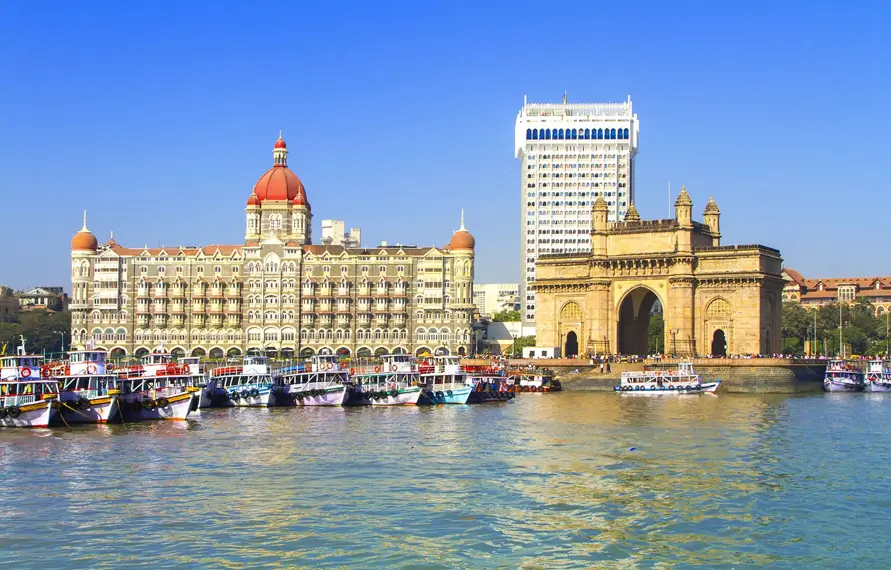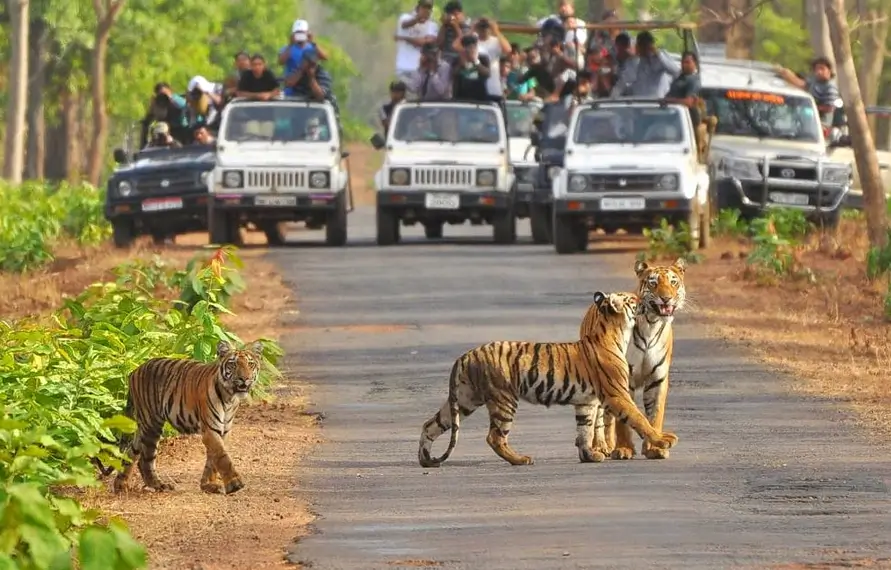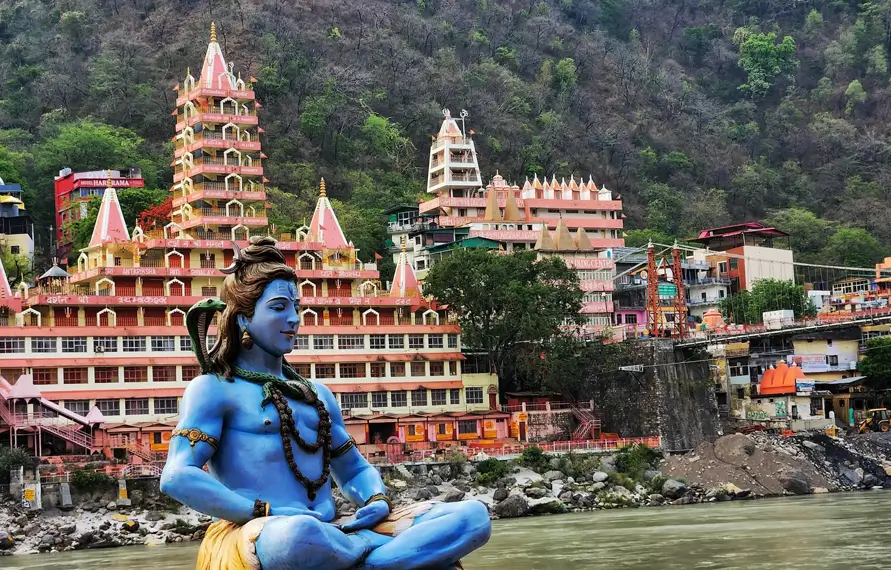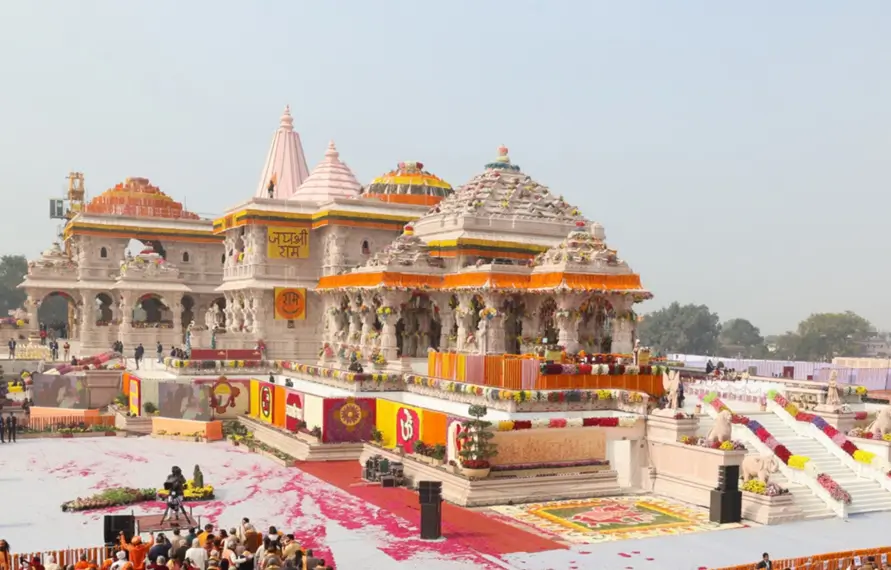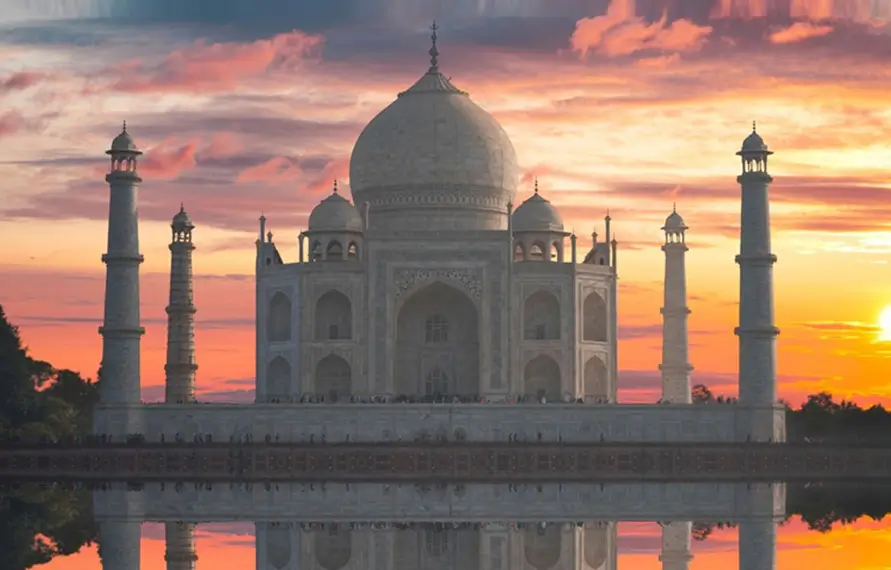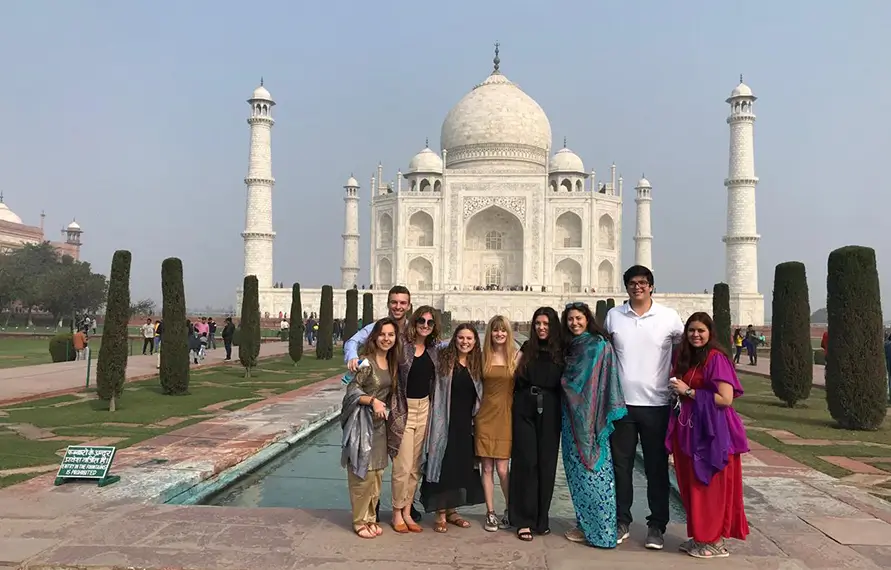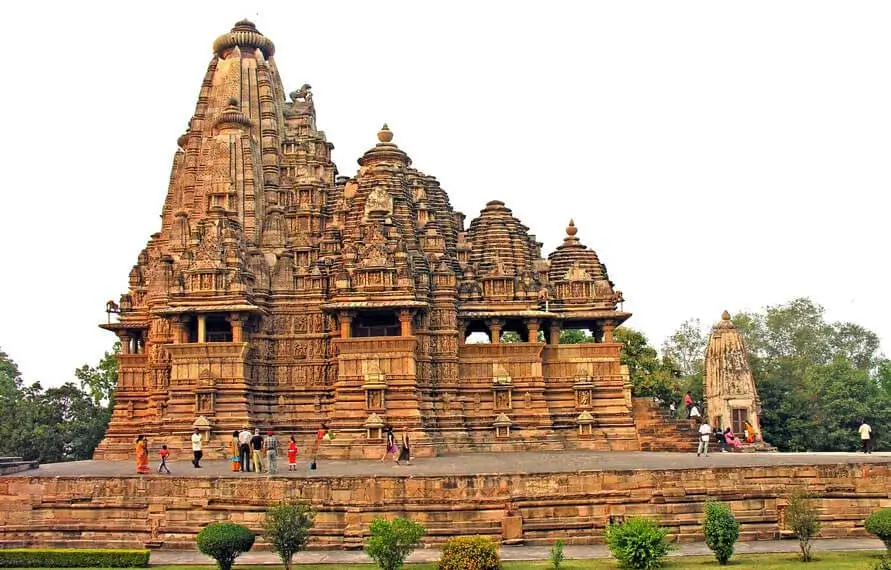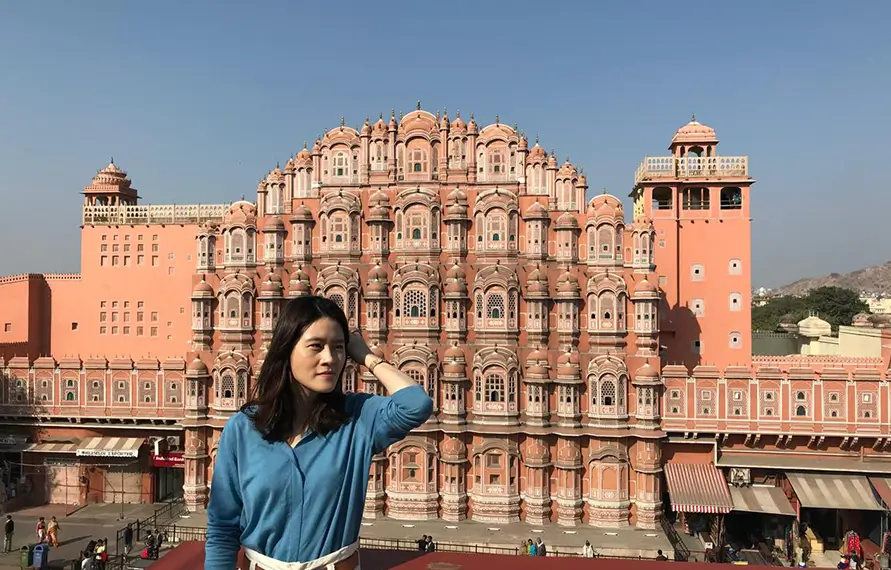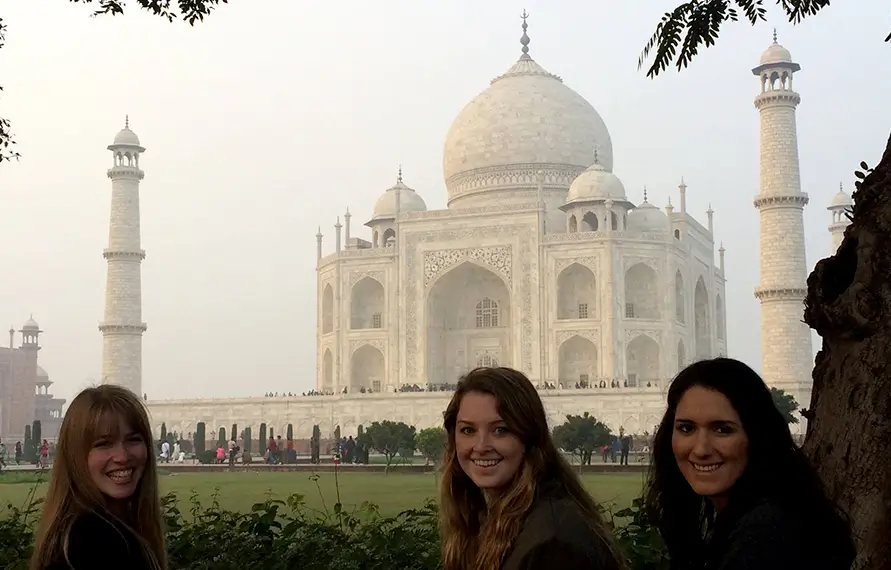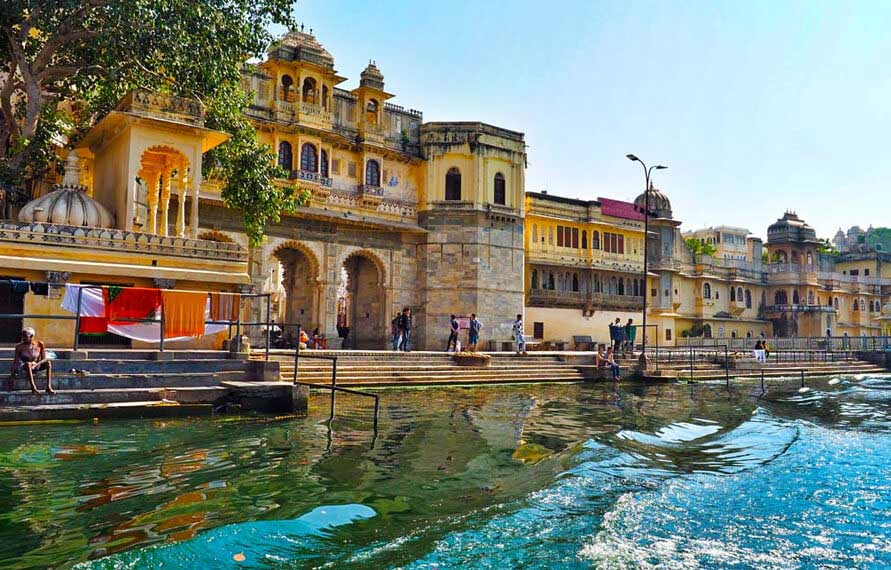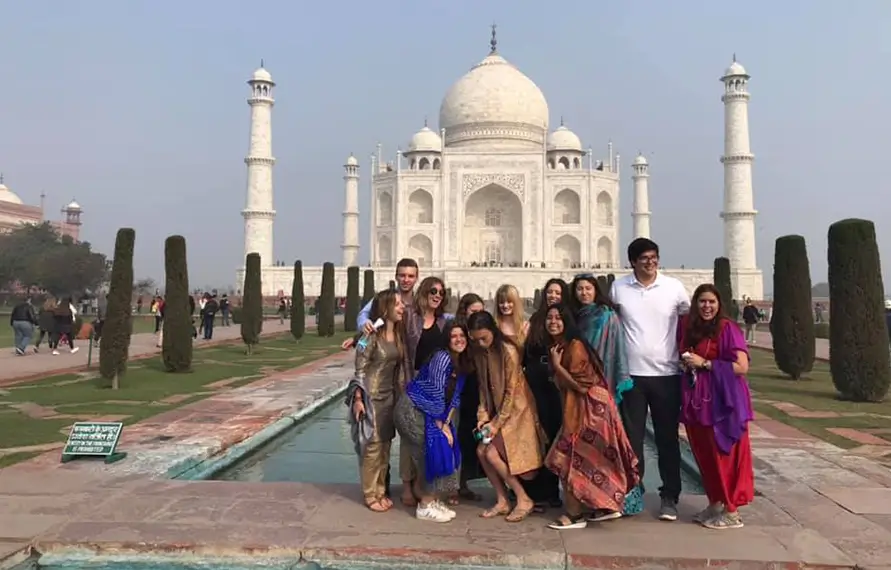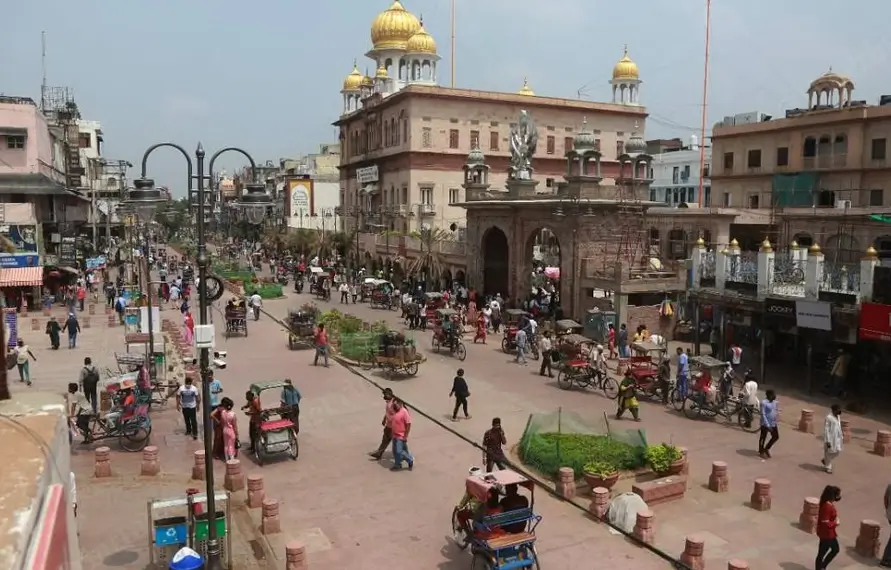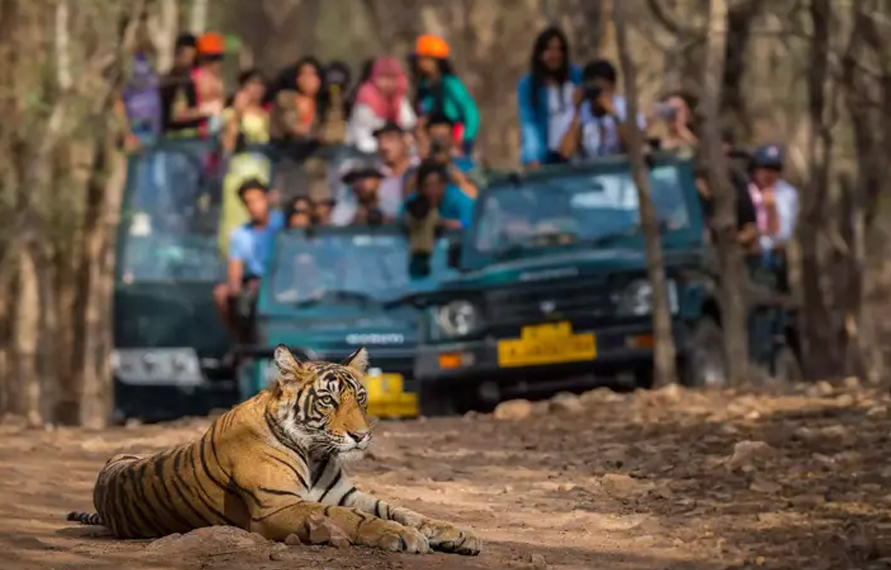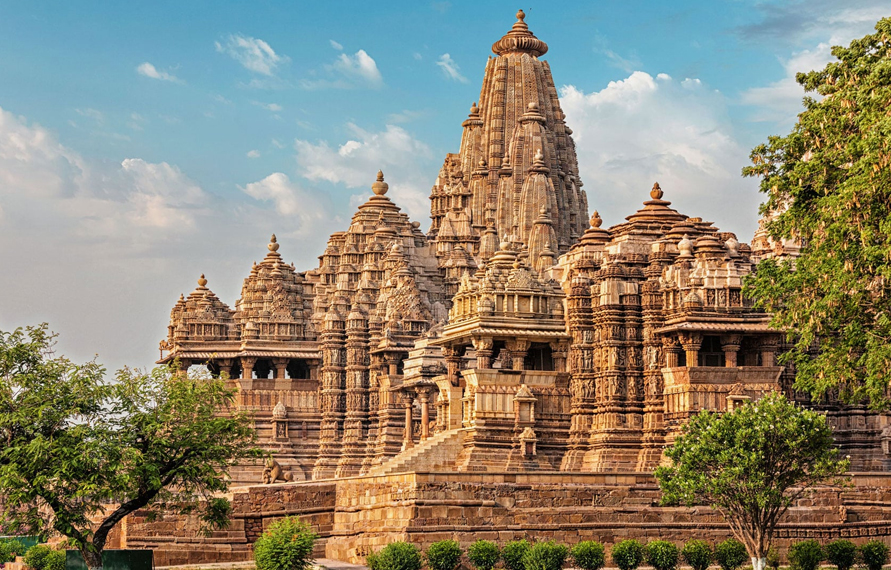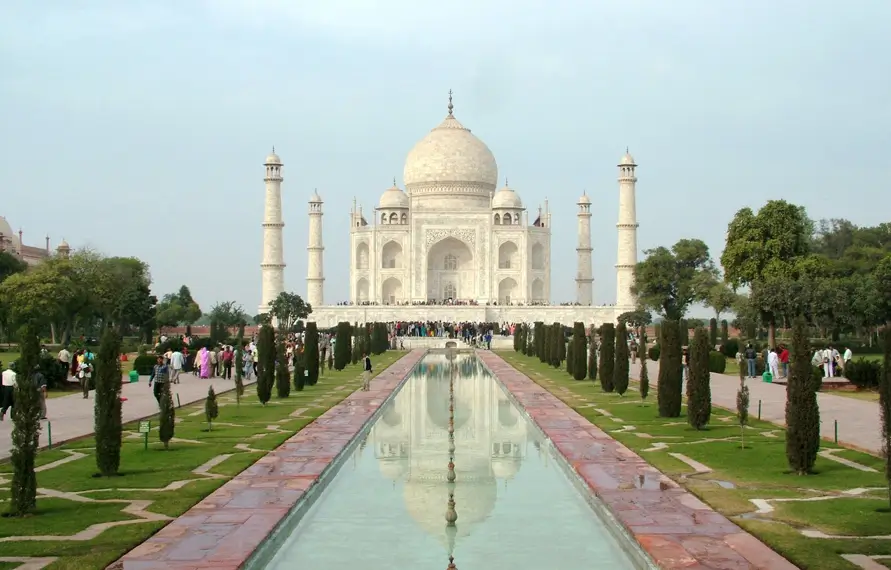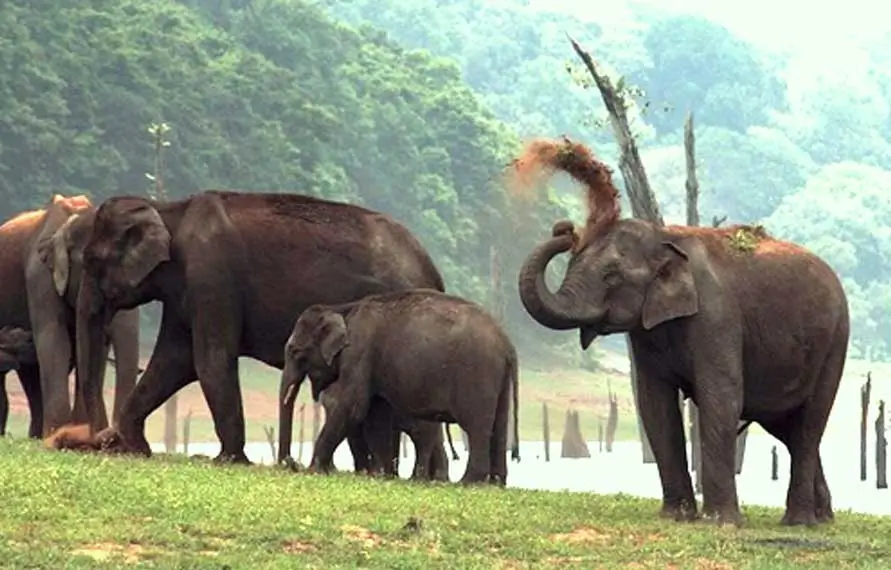Frequently Asked Questions
A Golden Triangle Tour includes guided sightseeing in Delhi, Agra, and Jaipur, accommodation, daily breakfast at the hotel, private AC car with driver, monument entry tickets, and professional tour guides in your language.
Golden Triangle tour duration is 6 to 8 days, but it can be customized based on your preferences, adding destinations like Ranthambore, Udaipur, Jaisalmer, Mumbai, Goa or Varanasi.
October to March is the best time to explore the Golden Triangle Tour due to good weather and clear skies, making sightseeing comfortable and enjoyable, so Winter Seson is the best time to visit Golden Triangle Tour.
Yes, Top Indian Holidays specializes in Golden Triangle Tours with private AC car, professional English-speaking driver, and local certified tour guides in all three cities.
Prices vary depending on the hotel category and travel style. On average, a 6-8 day private Golden Triangle Tour starts from 35,000-40,000 INR per person for 3-star hotels, and goes higher for 4/5-star options if you want.
Yes, our tours are extremely safe. Top Indian Holidays offer women-friendly hotels, verified tour guides, and 24/7 support to ensure a secure and comfortable journey to our guests.
Absolutely. You can upgrade your accommodation to premium properties like The Oberoi Amarvilas (Agra), Taj Rambagh Palace (Jaipur), and The Imperial (Delhi) for your Golden Triangle Tour.
Top monuments include the Taj Mahal and Agra Fort (Agra), Amber Fort, Hawa Mahal and City Palace (Jaipur), and Qutub Minar, Humayun’s Tomb, and India Gate (Delhi).
Yes, all our Golden Triangle Tours can be tailor-made, you can also add destinations like Ranthambore (for tiger safari), Varanasi (for spiritual experience), Jaisalmer (for thar desert experiencxe) or Udaipur (for romantic stays).
Delhi to Agra: 210 km (3–4 hours)
Agra to Jaipur: 240 km (4–5 hours)
Jaipur to Delhi: 270 km (5 hours).
Travel is by road or train, or private car.
Yes, Ranthambore National Park is a popular addition between Agra and Jaipur cities. We offer Golden Triangle tours with one or two jeep safaris included at Ranthambore.
Yes, most travelers start their tour from Delhi International Airport, where we offer airport pickup and same-day city sightseeing options.
Yes, the our tours are family-friendly with short travel distances, heritage hotel options, and cultural shows that children enjoy.
You can enjoy cultural evenings in Jaipur, rickshaw rides in Old Delhi, local food tasting, shopping in Jaipur and Delhi, puppet shows, and cooking classes on request.
This Golden Triangle circuit covers India’s top highlights – the Mughal history of Delhi, the world-famous Taj Mahal in Agra, and the royal heritage of Jaipur – making it a perfect intro to India’s rich culture.



